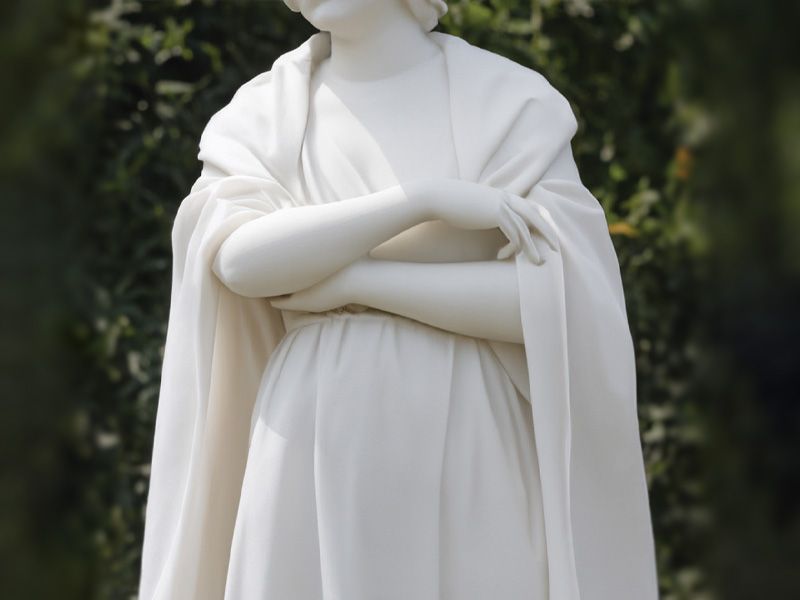Aesthetic value and semantic dimensions of tapestry
Issue 63

Dr Khalid Harabi, Professor of Modern Literature at the Higher Institute of Applied Humanities and Languages in Tozeur, University of Gafsa, Tunisia
The traditional patterns that have dominated the textiles crafts for decades are being challenged by a diversity in weaving patterns. This comes in reaction to the chaos of cultural expressions and the marginalization of women-led industries, such as knitting and weaving. Women's artistic endeavours were often dismissed as domestic work and denied a classification among the arts. Their crafts were regarded as inferior in artistic and aesthetic value to crafts practiced by men.
The women who work in the textile industry, much like other artists, often seek a unique form of expression that becomes their own signature style. However, the vast majority of these endeavours remained restricted to individual efforts, which differed depending on individuals' backgrounds. Moreover, it appears that textiles are only deemed significant when they hold historical value or are the product of an old tradition. This conceived connection between textiles and traditional arts hinders the development and creative reimagining of the craft that have been sought throughout history. Thus, leading us to view them as epic narratives created by the colours and symbols of the female weavers.
The goal of this research is neither to re-describe the textiles that the artistic pieces reflect as an autobiographical narrative nor to uncover ready-made interpretations that communicate an abstraction of a personified world. We just hope to follow the narrative event, structure, relevance, and formulation of the female weaver's work as the basis for this textile's authenticity and validity.
Keeping these broad guidelines in mind, we attempt to interpret the textile weaving craft as a story about the human body in its many states and emotions, including pleasure, passion, and revolt against an act that strips it of feeling.
There is a storytelling quality to textiles, a quality of description and recollection. It fashions a unique framework, the meaning of whose inscriptions and symbols can only be deciphered in light of their context and the weaver who formed them. In women's hand-woven textiles, we see language depart from its usual framework and enter a symbolic realm that goes beyond strict censorship, with a structure that merges the symbolic and the semantic. The process of weaving and the unique combination of inscriptions and symbols are all revealing of the ideological effect from this perspective. When the textile’s primary components—its symbols, inscriptions, and colours—are stripped away, a literary subconscious is exposed. All our efforts will be focused on using this vantage point to define the big picture, by means of which the weave becomes apparent and the semantics of the feminist discourse become a woven text in a coded language.



































































